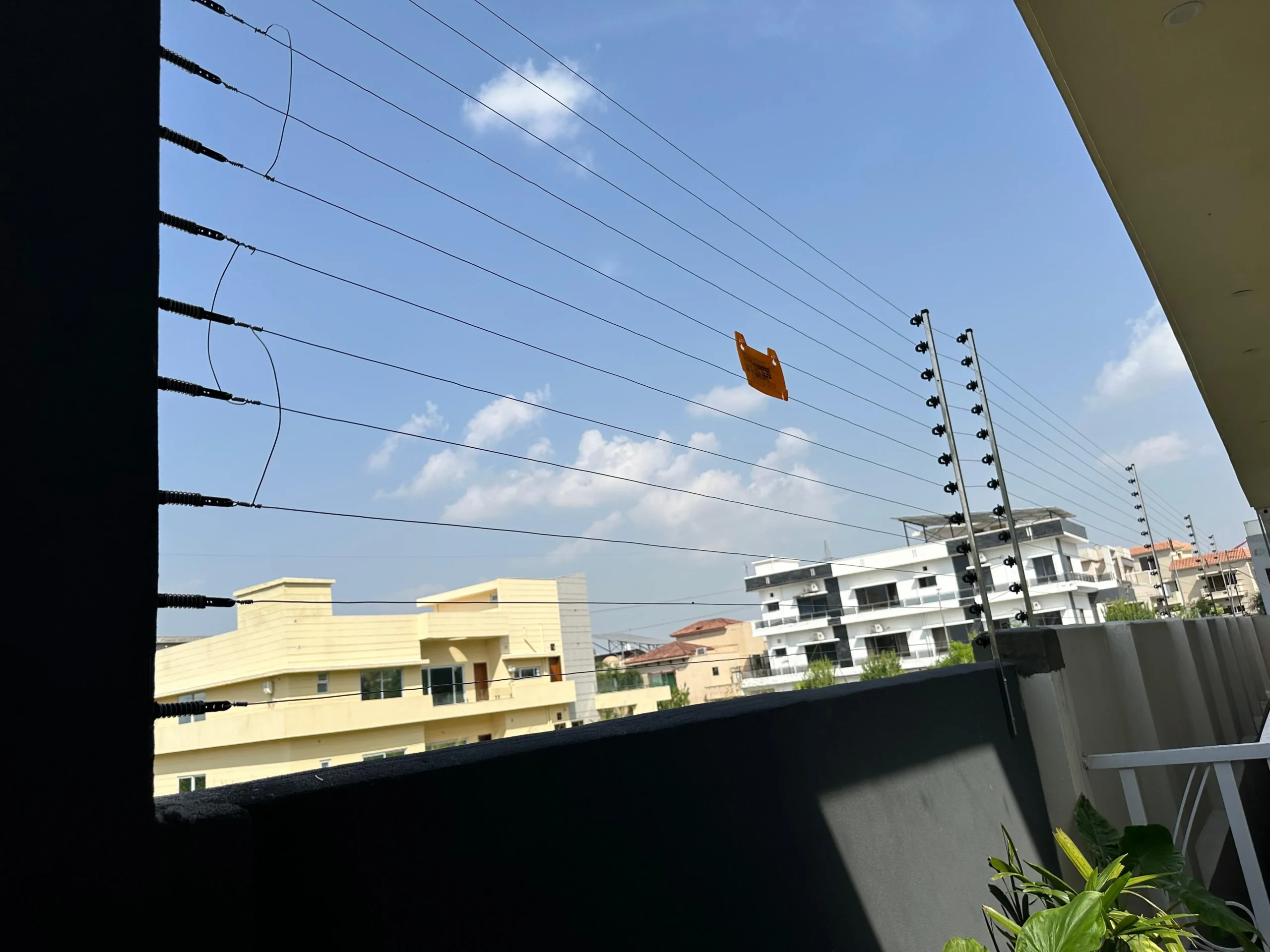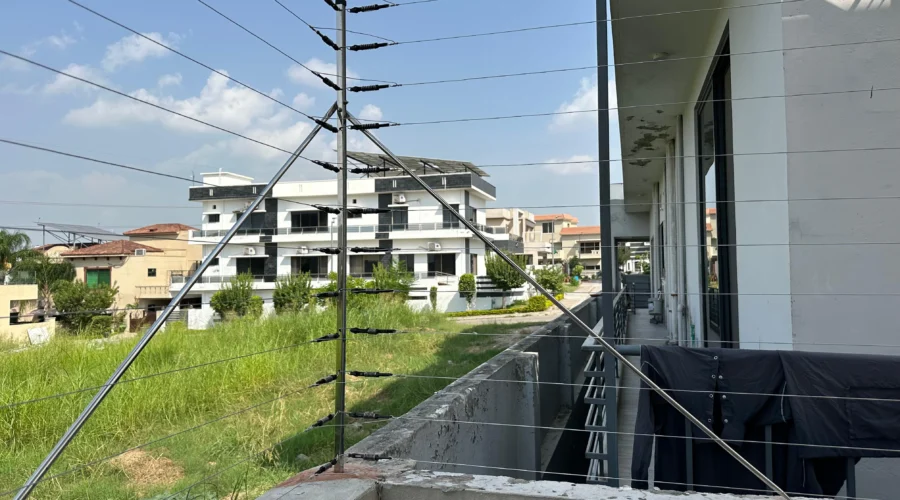How Electric Fence Wire Works
Introduction
Electric fence wire is an essential component of any electric fencing system since it joins the energizer to the boundary. Understanding how this wire works is vital for anyone considering an electric fence for property protection or livestock management. The wire functions by carrying a low-voltage electrical current that creates a barrier against intruders or wandering animals. Contact with the wire delivers a mild shock, deterring animals or people from crossing the boundary. The energizer, grounding, and insulators are used by this system to guarantee efficient fence performance. Understanding these principles helps property owners improve installation, maintenance, and troubleshooting for enhanced security and efficiency.
Basic Components of an Electric Fence
A successful electric fencing system consists of a number of essential parts that cooperate to offer containment and security. The primary element is the energizer, which generates the electric current and sends it through the electric fence wire.Being grounded rods are necessary for returning the current to the earth so that the system can function properly. Insulators are utilized to keep the electrical flow going by keeping the wire away from the fence posts. Additionally, tensioning mechanisms help to keep the wire firm, preventing sagging that could reduce its effectiveness. In addition, warning signs are frequently erected around the perimeter to inform people that electric fencing is present, further improving safety. Property owners may make sure their electric fencing system works successfully and efficiently by being aware of these components.
The Role of Electric Fence Wire
For electric fence systems to function properly, the wire acts as the primary conductor of electric current. It delivers a shock upon contact, deterring intruders and keeping livestock safely contained. The wire’s long-lasting performance in a range of environmental situations is guaranteed by its sturdy and weather-resistant design. Different types of electric fence wire are available, including smooth wire, barbed wire, and polywire, each suited for specific applications. The fence’s efficacy, ease of installation, and maintenance needs are all influenced by the wire selection. Properly installed wire, with adequate tension and insulation, maximizes efficiency, securing properties and managing livestock effectively. Understanding its role can help property owners optimize their fencing solutions.
Explanation of how electric fence wire carries current
It is intended for electric fence wire to carry electrical current from the energizer to the fence line. When the energizer is turned on, conductive wire—typically composed of steel or aluminum—pulses with current. This current flows continuously along the wire, creating an electric field around the perimeter. When an animal or intruder comes into contact with the wire, the circuit completes, allowing the current to pass through and deliver a mild shock. This shock serves as a deterrent, discouraging unwanted entry. Proper grounding and insulation are essential for maintaining the current flow and ensuring the system operates effectively, maximizing both security and livestock containment. Understanding this mechanism helps property owners use their fencing system more efficiently.
Types of Electric Fence Wire
Electric fence wire comes in a variety of forms, each intended for a particular use and setting. Because of its strength and durability, galvanized steel wire is a typical kind that is ideal for agricultural uses. Although aluminum wire is less costly and lighter than steel, it is still appropriate for shorter distances. For temporary fencing, polywire—a nylon material with conductive strands—is frequently utilized since it is flexible and simple to install. Additionally, high-tensile wire provides increased strength and resistance to rust, making it suitable for permanent installations. Each type has unique properties, enabling owners to choose the best option for livestock management, security, or temporary enclosures.

Uses and advantages of each type
Diverse varieties of electric fence wire offer unique benefits and fulfill different functions. Galvanized steel wire is highly durable and offers excellent tensile strength, making it perfect for long-term agricultural use. Because of its resistance to rust and corrosion, it will last for a long time outside. Aluminum wire, while lighter than steel, is also conductive and ideal for longer runs, as it doesn’t sag as much. It’s often used for residential fencing due to its ease of installation. Polywire, which consists of braided strands with conductive materials, is lightweight and portable, making it suitable for temporary enclosures. Its visibility helps prevent accidental contact. Every kind provides distinct advantages, assisting landowners in selecting the ideal wire for their security or livestock control requirements.
Maintenance and Troubleshooting
Regular maintenance of electric fence wire is essential for ensuring optimal performance and longevity. Property owners should conduct periodic inspections to check for signs of wear, such as rust or breaks in the wire. Additionally, it’s important to ensure that the tension is consistent; loose wire can lead to ineffective deterrence. If the system isn’t functioning properly, troubleshooting often involves checking the energizer and grounding system for any faults. If animals are escaping or intruders are not deterred, the connections should be examined for corrosion or damage. By addressing issues promptly, property owners can improve the fence’s effectiveness, ensuring reliable security and livestock management. Frequent maintenance reduces dangers and increases system longevity.
Common issues and how to troubleshoot them
A few common problems with electric fences are insufficient voltage output, broken or drooping wires, and poor grounding. To troubleshoot grounding problems, ensure that the ground rods are properly installed and have good contact with the soil. Maintain the right tension by routinely checking the fence line and tightening or repairing any broken or drooping wires. If voltage is too low, check the energizer and connections for faults or corrosion. Use a voltage tester to check current levels and clean rusted or corroded areas disrupting the flow. Addressing issues early helps maintain performance, ensuring effective property protection or livestock containment.
Conclusion
It is essential to comprehend how an electric fence system’s wire works in order to properly manage cattle and preserve security. The energizer sends a controlled shock across the wire to any animal or intruder that comes into contact with it. This serves as a psychological deterrent in addition to building a physical barrier. Choosing the right wire, installing it correctly, and maintaining it regularly maximizes the fence’s effectiveness. With the right setup, the fence can provide a reliable, long-term solution for security and containment needs.



Recent Comments